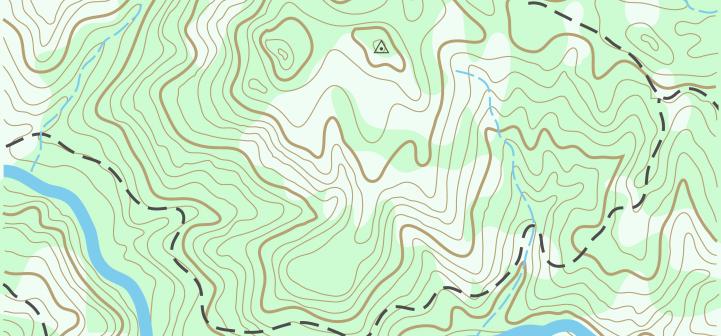Collecting GPS Points in Woody Vegetation
Data collection for woody species presents difficulties because of canopy density and cover. The easiest position in which to take data is usually at the drip line of a species. However, that information is difficult to assign to a remotely sensed image because the majority of a pixel’s reflectance is commonly influenced by the density of the canopy at the point of the image acquisition. The canopy of species is thinner at the drip line than in the center. Therefore, it may be more beneficial to gather point data closer to the center or dense areas of the canopy you are documenting.
Basic Preparation
Before collecting a point, make sure that your GPS unit is correctly initialized. This includes checking the PDOP settings, datum, and units. If you are starting your data collection for the first time that day, make sure that you have allowed enough time for the GPS unit to download ephemeris and almanac information.
Considerations for Placement of GPS Unit

Woody vegetation data collection can present challenges depending on the canopy and species height. Ideally, points should be taken as close as possible to the center of the point of the specimen. However, the canopy of dense species may prevent a signal from penetrating the canopy and impair data collection. In these cases, the point should be taken as close to the center of the species where the canopy is not impairing the signal.

Tips for Consistent Collection
- Check the PDOP rating in various parts of the canopy (or under various parts of a canopy) to determine where the typical best placement may be.
- Diagram or describe the location of the data collection point as best possible. This will help you evaluate the data back in the office, as well as help others who may use your data.
